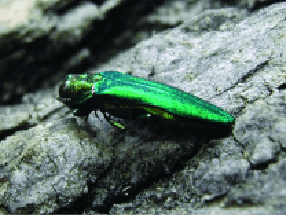Gypsy Moth Fight Begins Anew
Minnesota’s battle against the gypsy moth is ready to resume. The state’s Department of Agriculture is about to set 23,000 traps for the moths across the eastern border of Minnesota to note where new outbreaks of the invasive pest are occurring.


